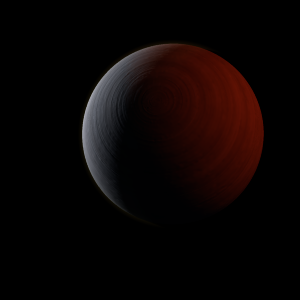|
|
Space Astro
|
Info for exoplanet "Mona-the"
| Scientific (actual) data |
|---|
| Name | OGLE-2017-BLG-0640 b |
| Planet status | Confirmed |
| Planet mass | 1.62 |
| Semi major axis | 1.14 |
| Discovered | 2023 |
| Updated | 2023-07-26 |
| Publication | Published in a refereed paper |
| Detection type | Microlensing |
| Mass measurement type | Microlensing |
| Alternate names | KMT-2017-BLG-1726 b |
| Star name | OGLE-2017-BLG-0640 |
| Right ascension | 267.47° |
| Declination | -29.46° |
| Star distance | 6630 |
| Star mass | 0.32 |
| Star alternate names | KMT-2017-BLG-1726 |
| Wikipedia article | OGLE-2017-BLG-0640 b |
Back
| |
| Fictional info (?) |
|---|
| Suggested name | Mona-the |
| Planet type | Cold gas giant |
| Its orbital period around OGLE-2017-BLG-0640 of @ORBITALPERIOD earth days is the shortest of all the planets in its solar system.
The polar regions are constantly below 171°K (-102°C).
. |
| Atmosphere | Sulfur dioxide | 65% |
| Nitrogen | 18% |
| Carbon dioxide | 15% |
| Carbonyl sulfide | 1.3% |
| Hydrogen deuteride (HD) | 0.32% |
| Atmospheric pressure | 1.4 bar |
 |
| No known satellites |
| Google search for Mona-the |
|
Website by Joachim Michaelis
|
|
|
|